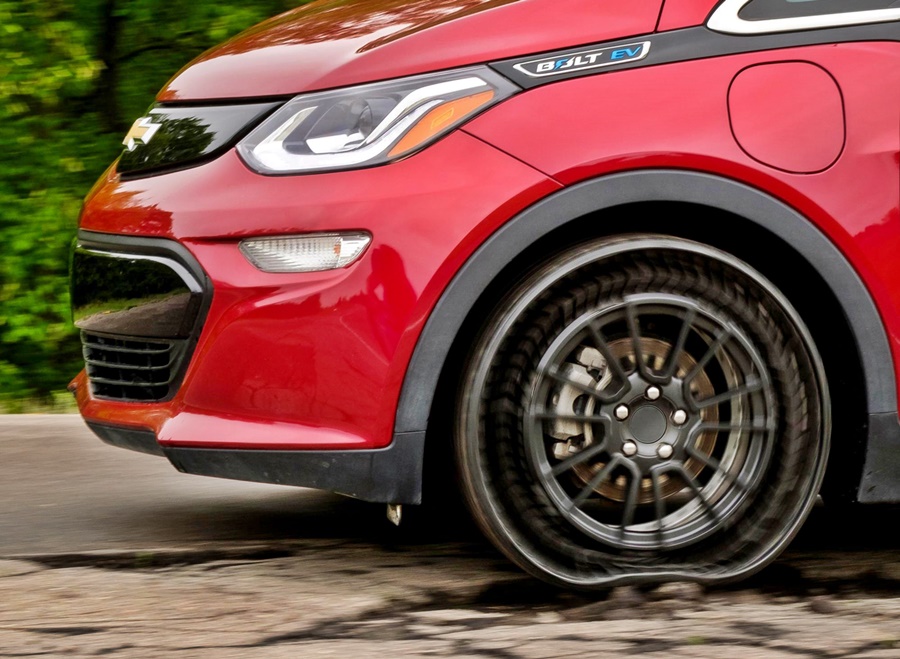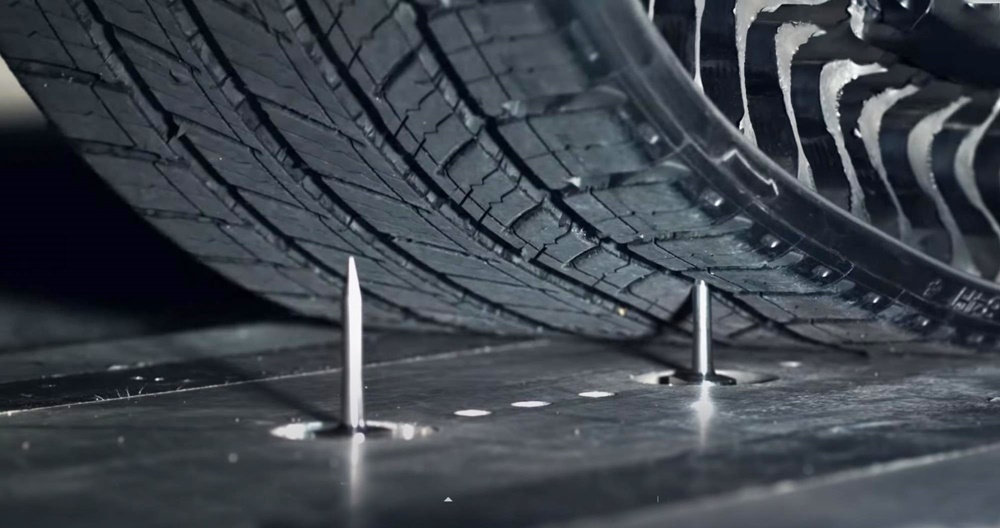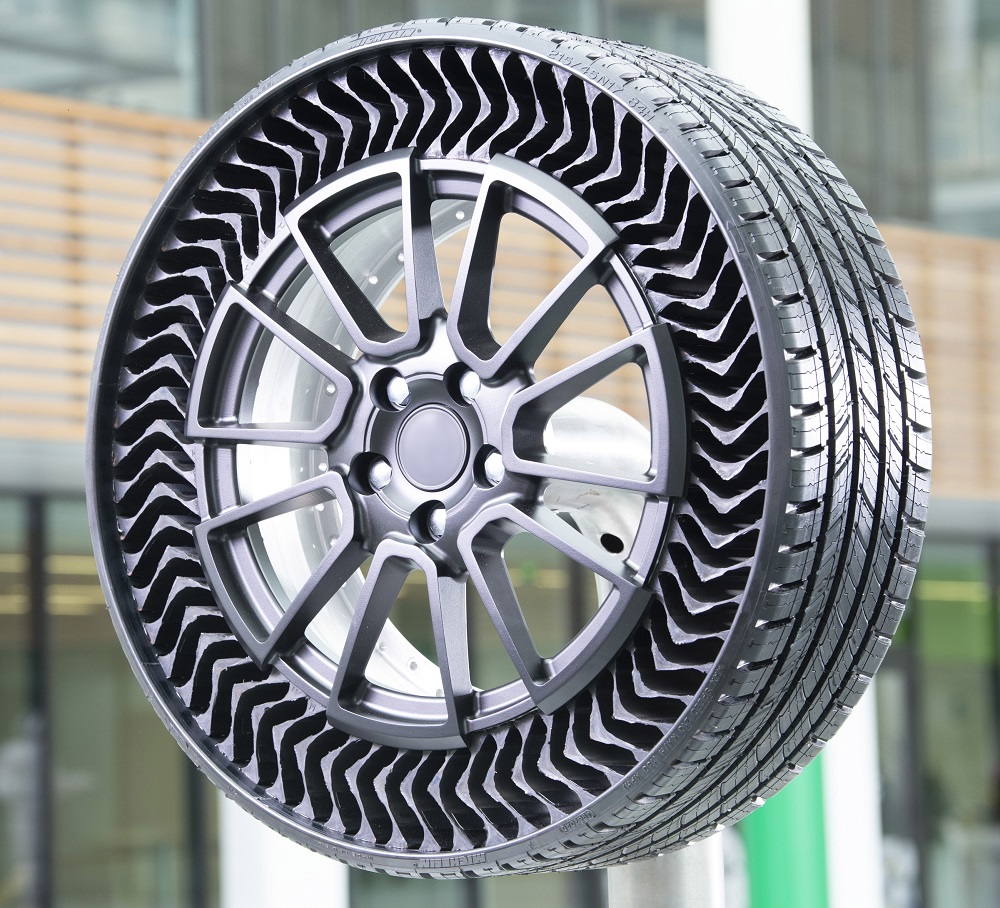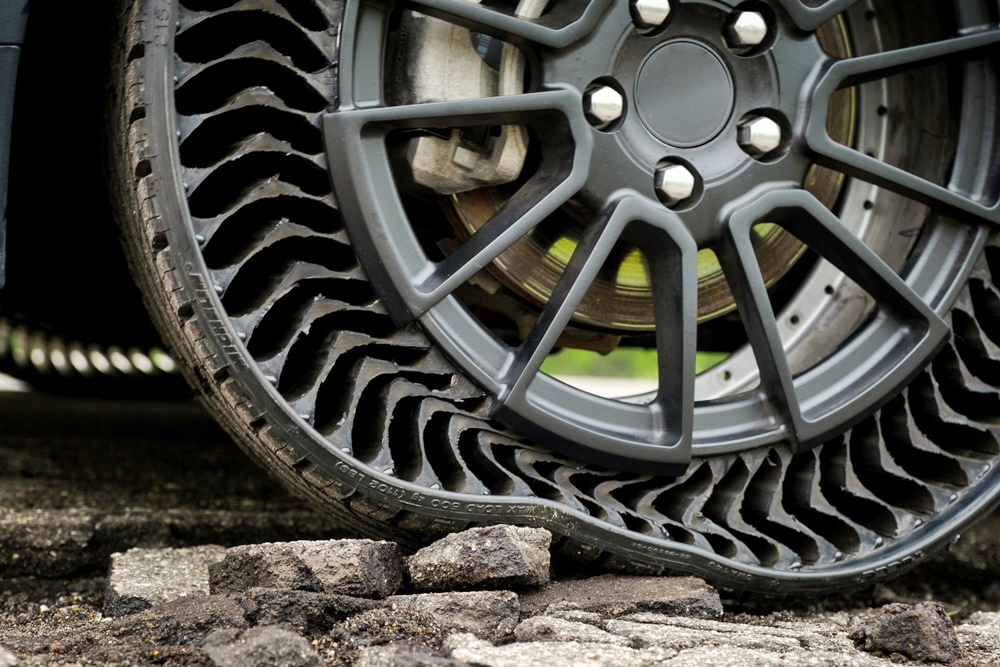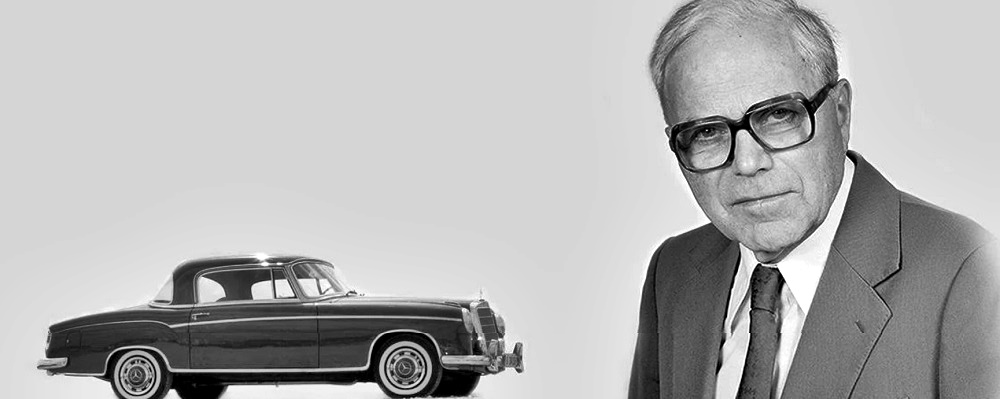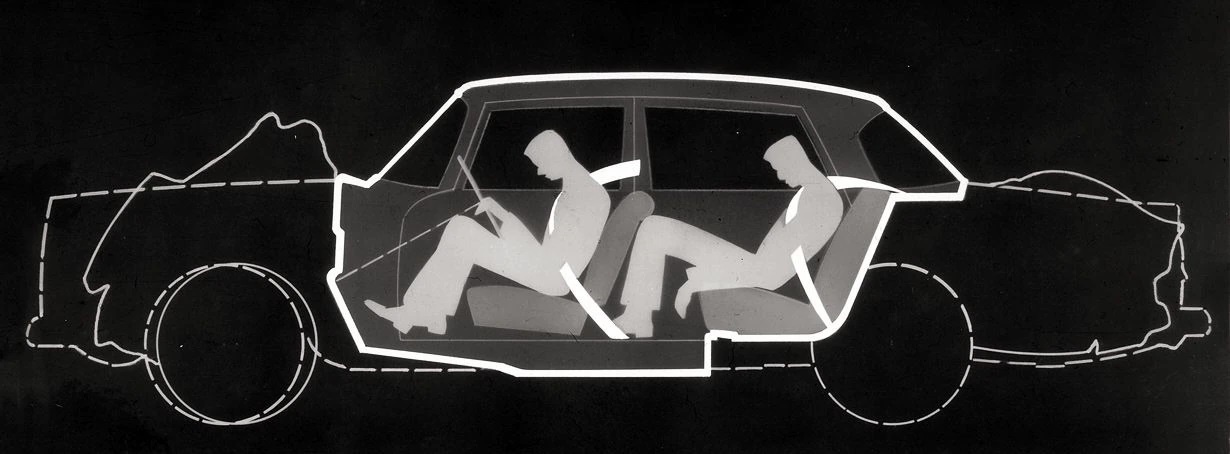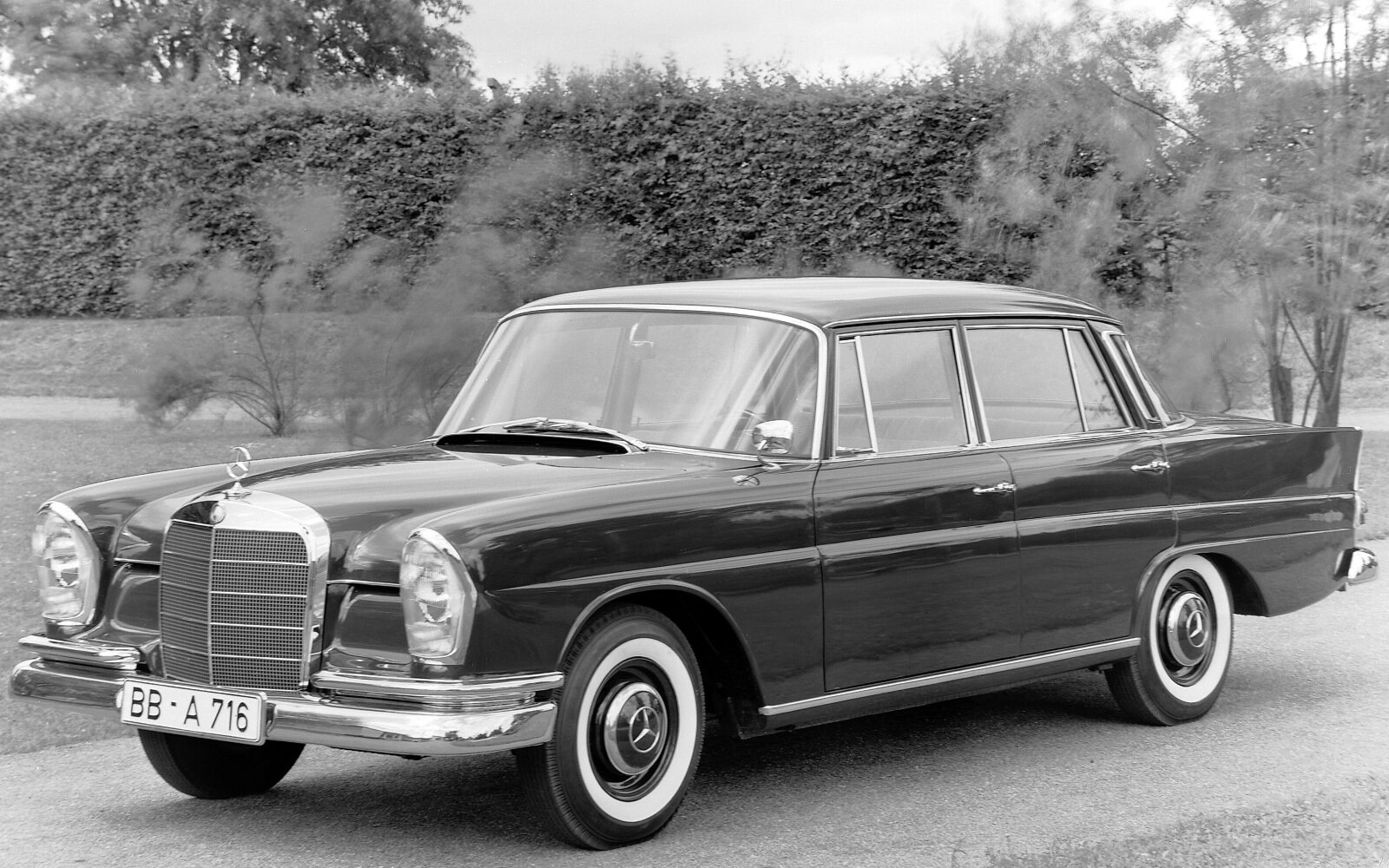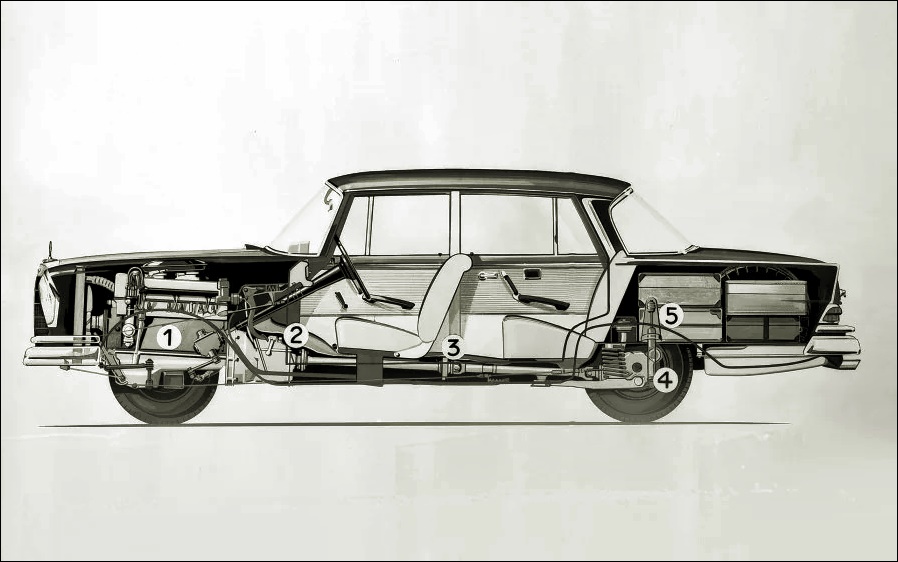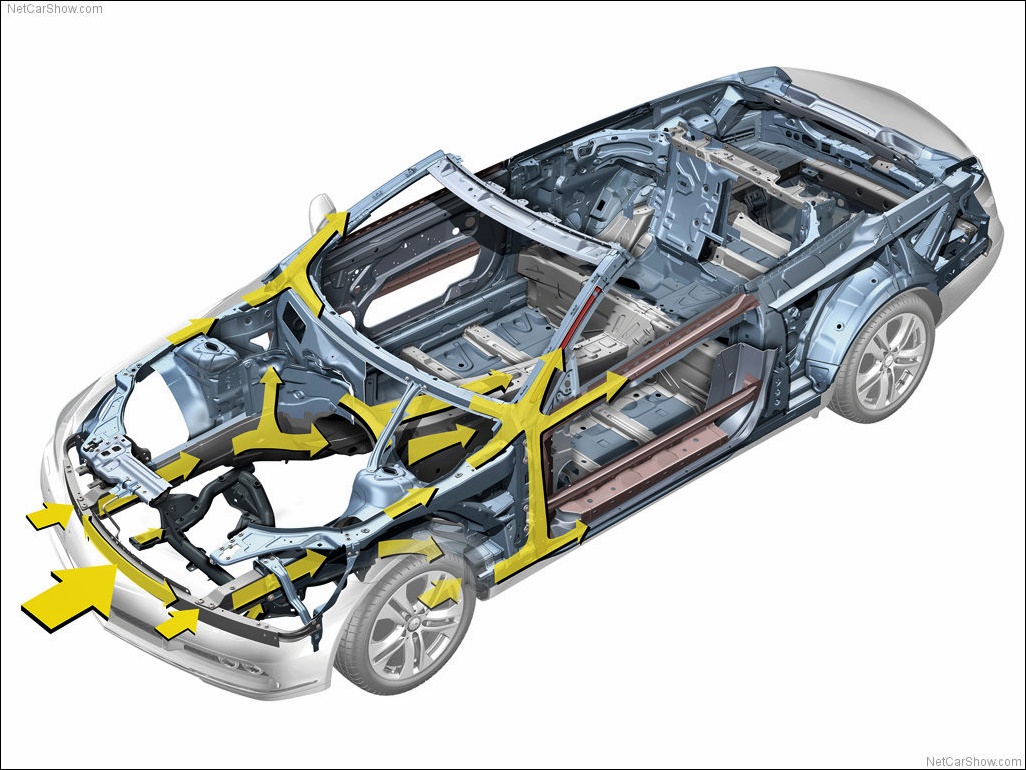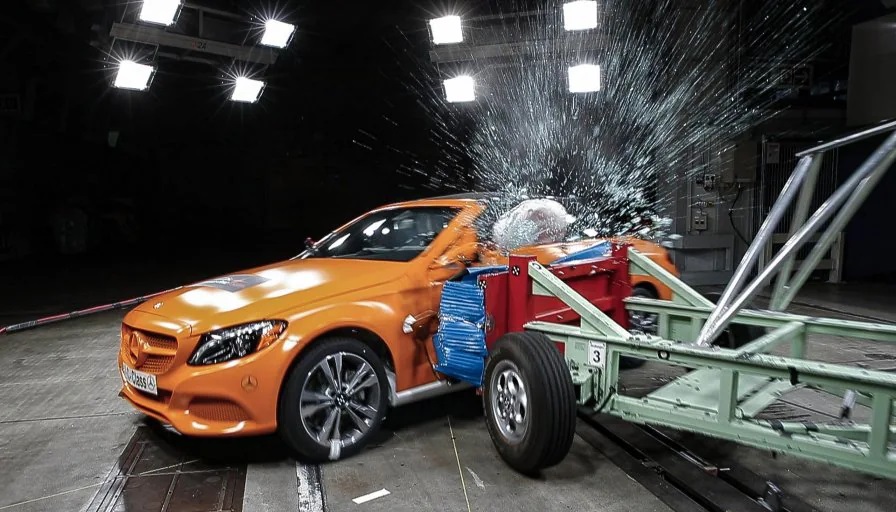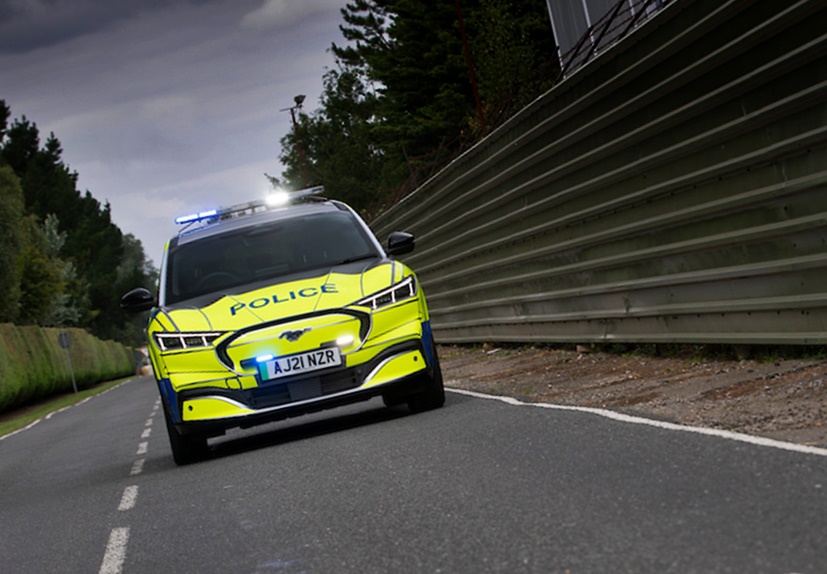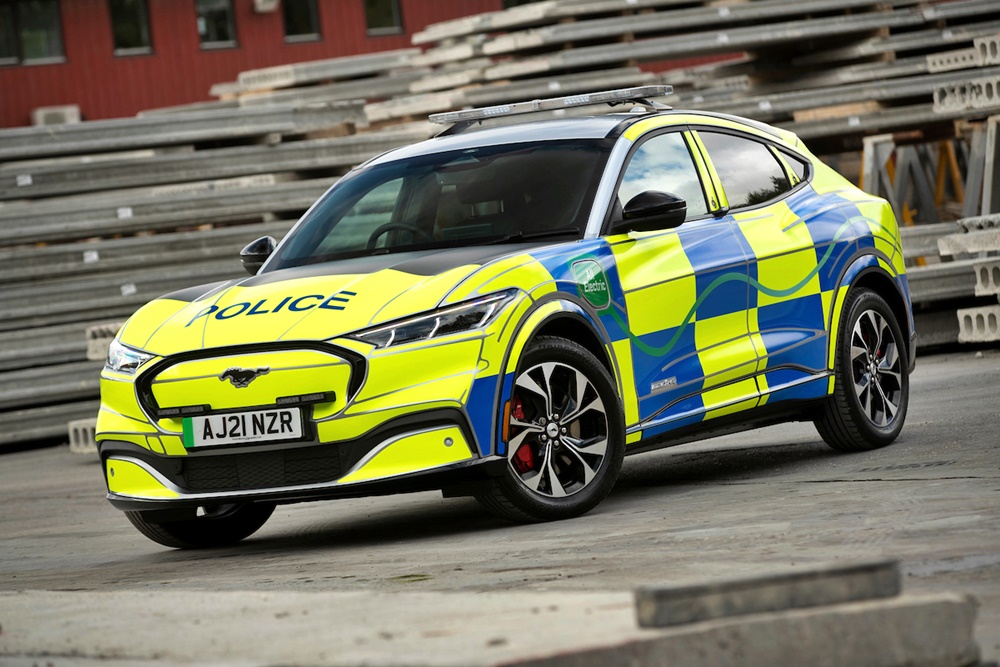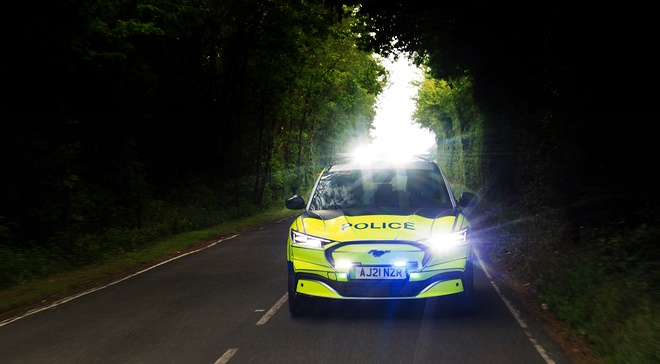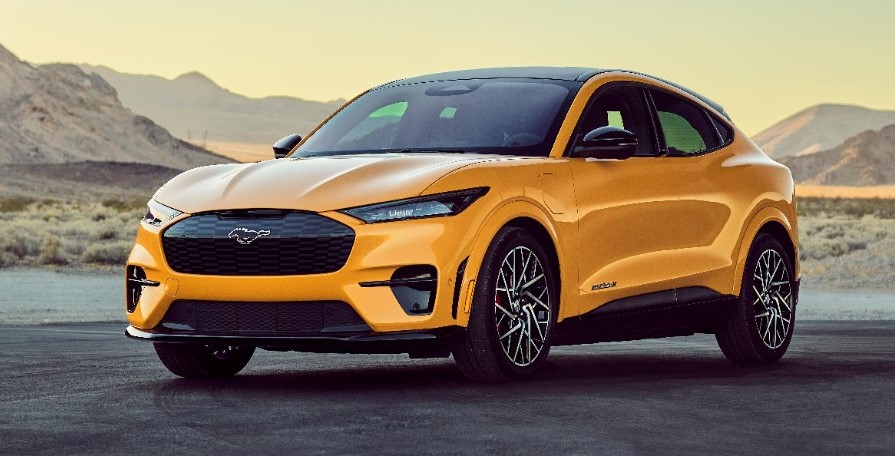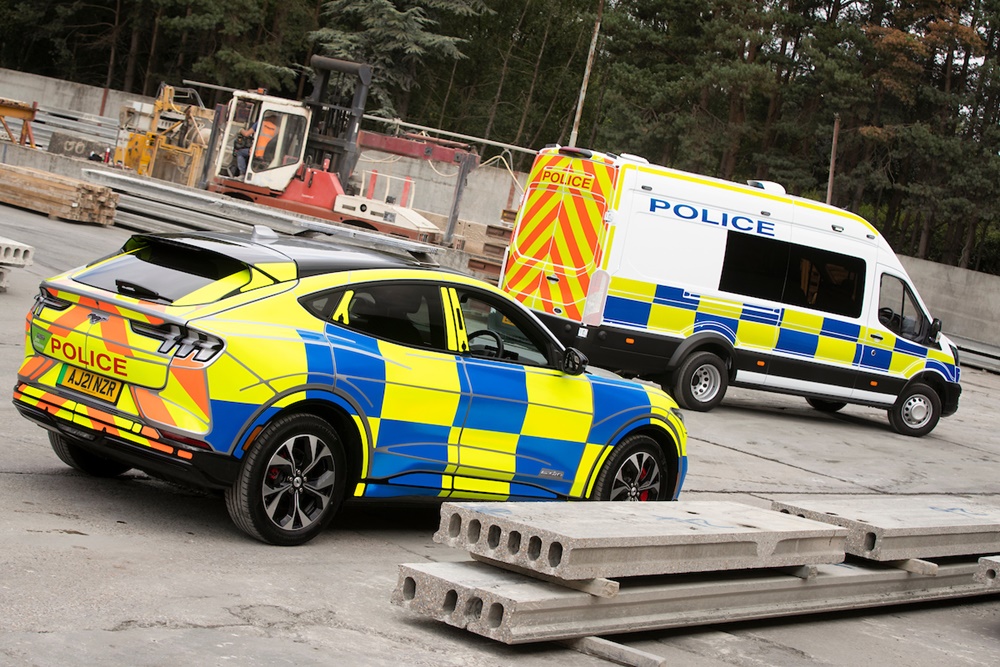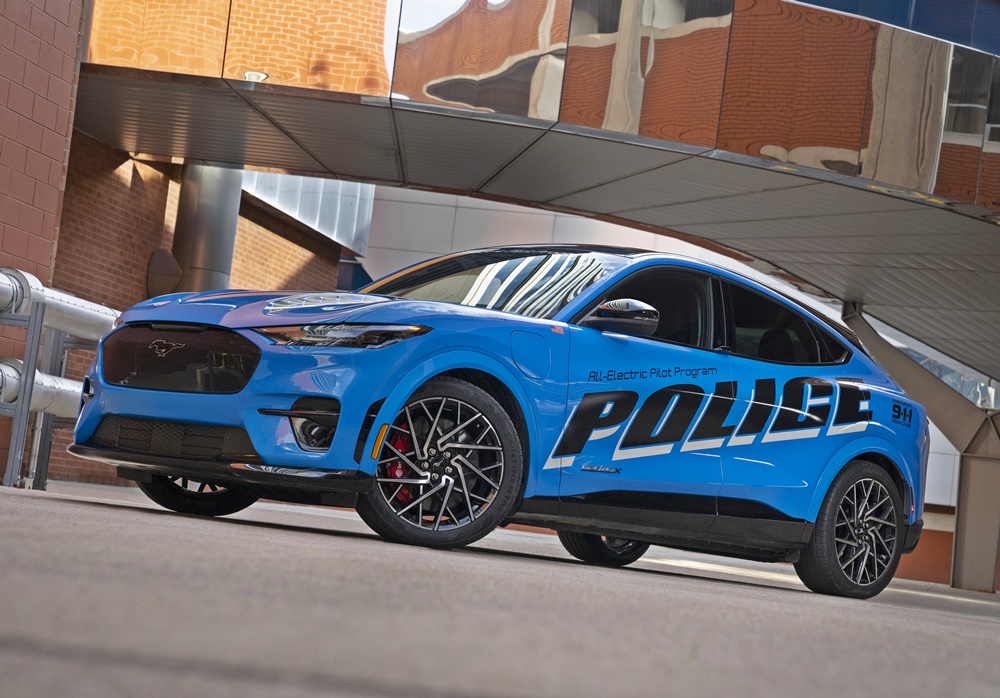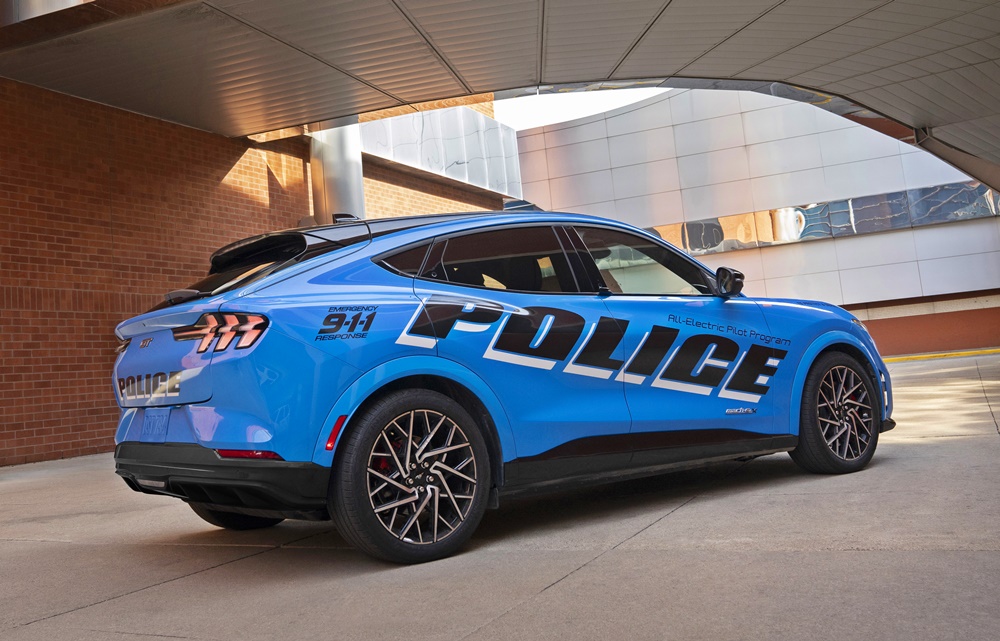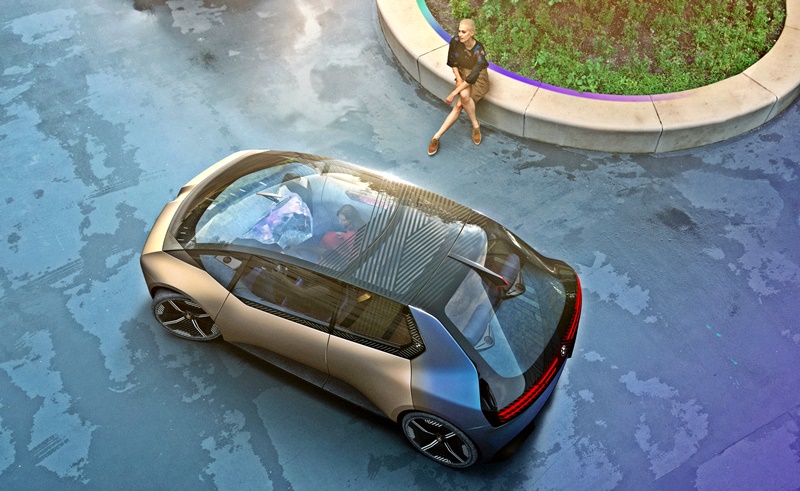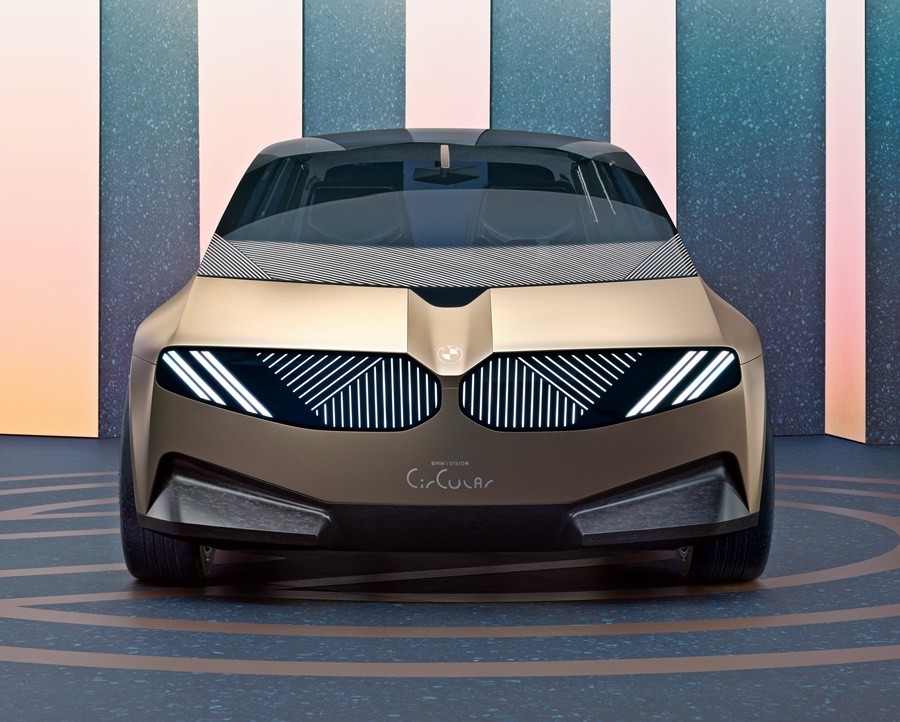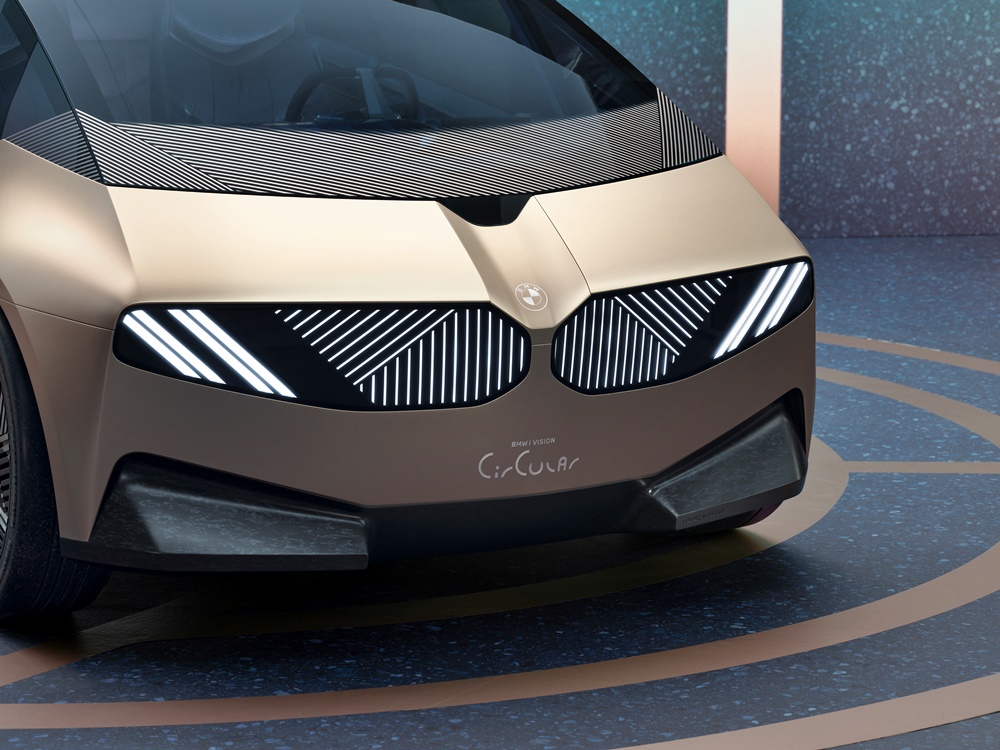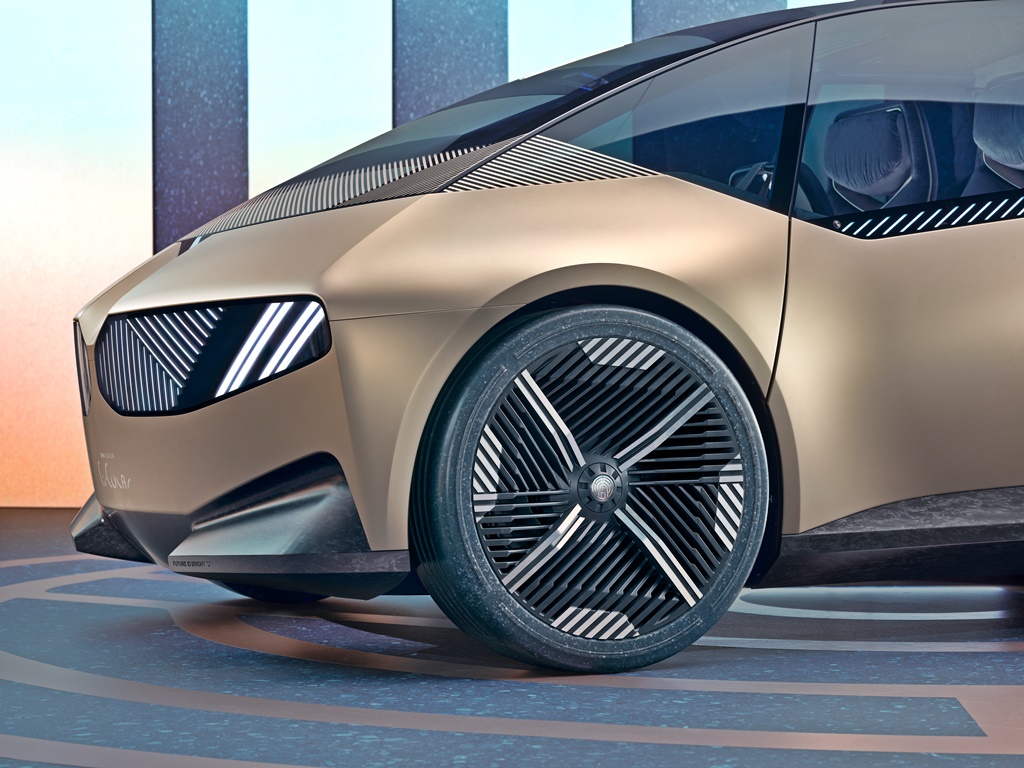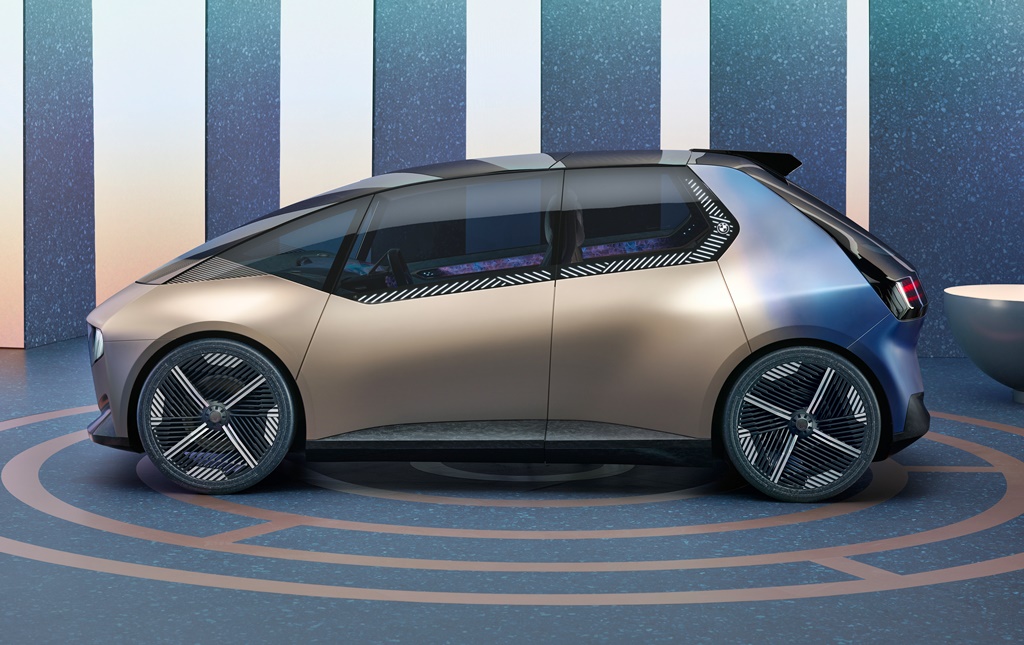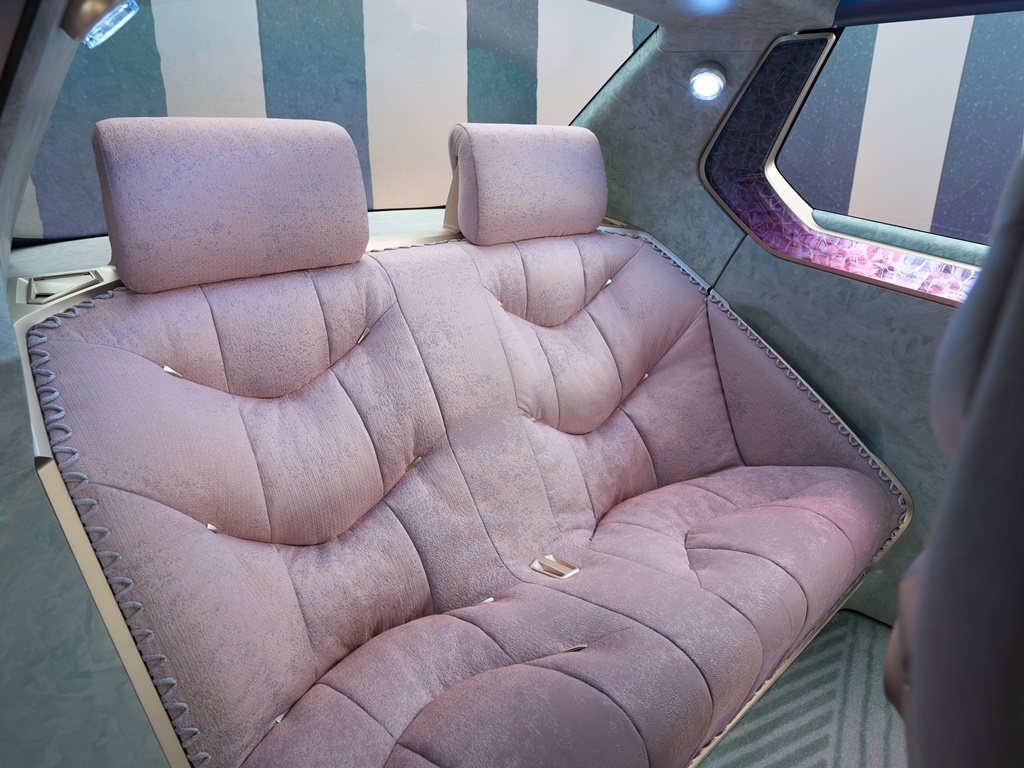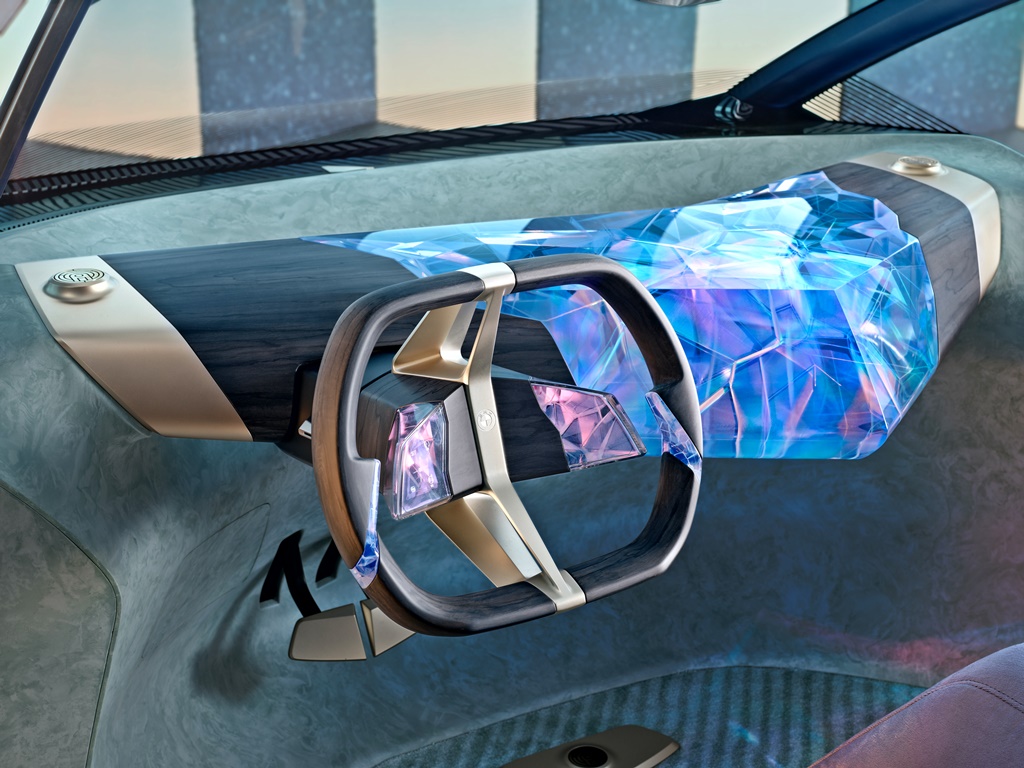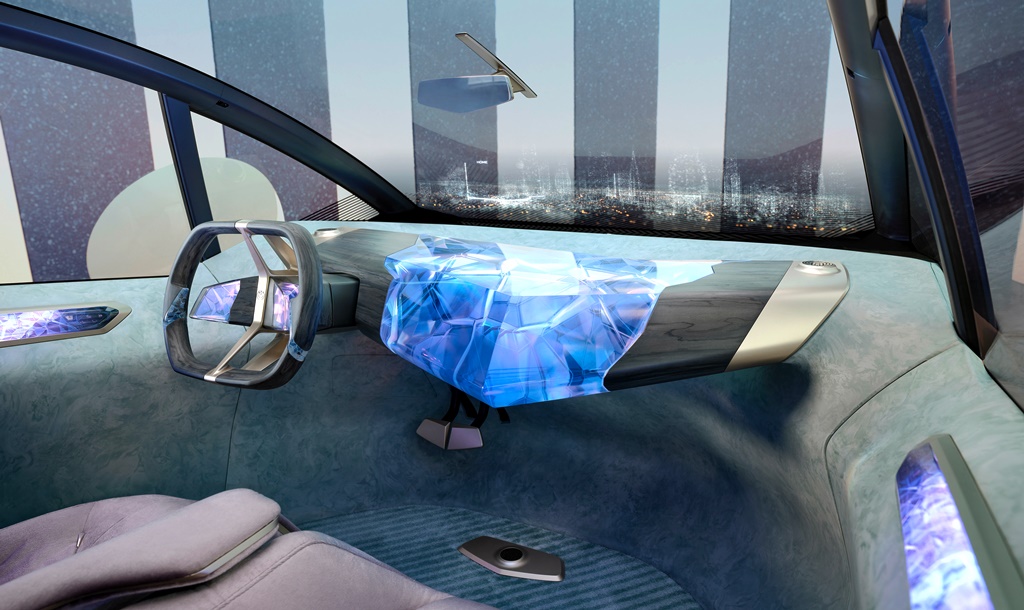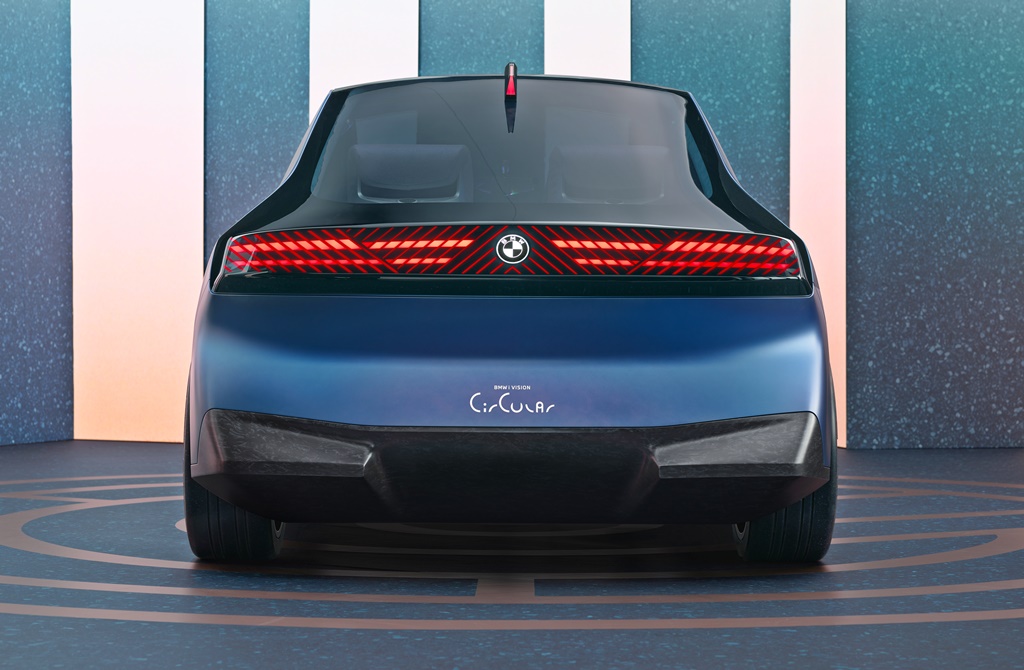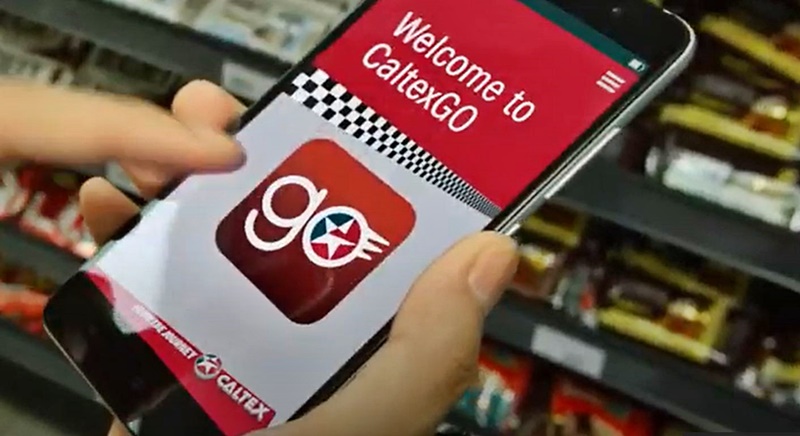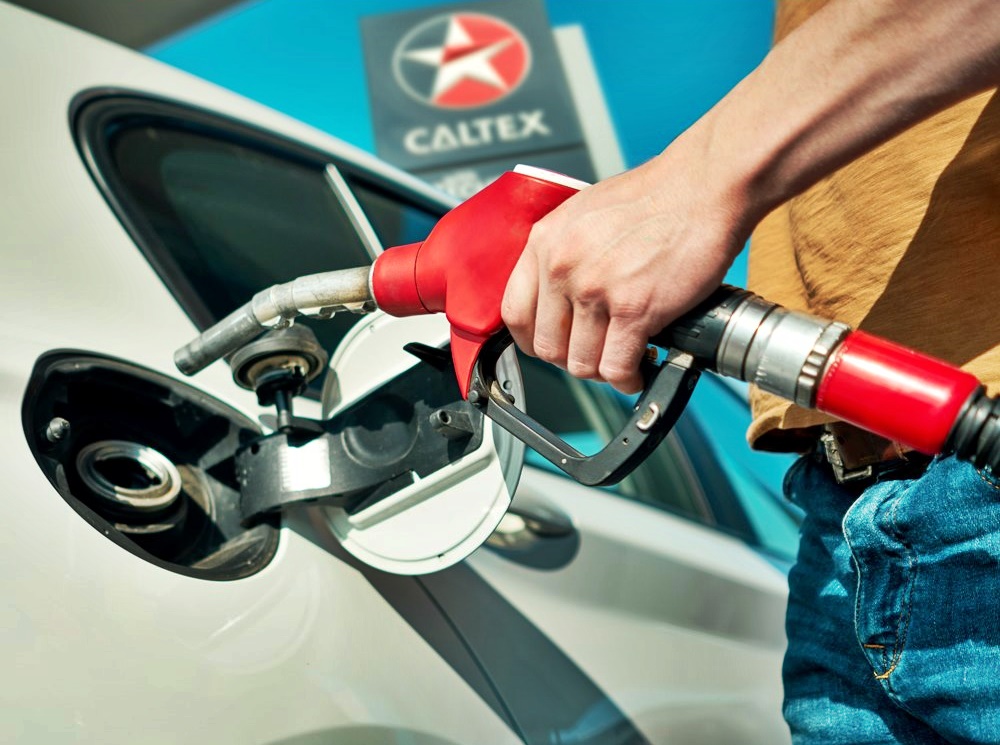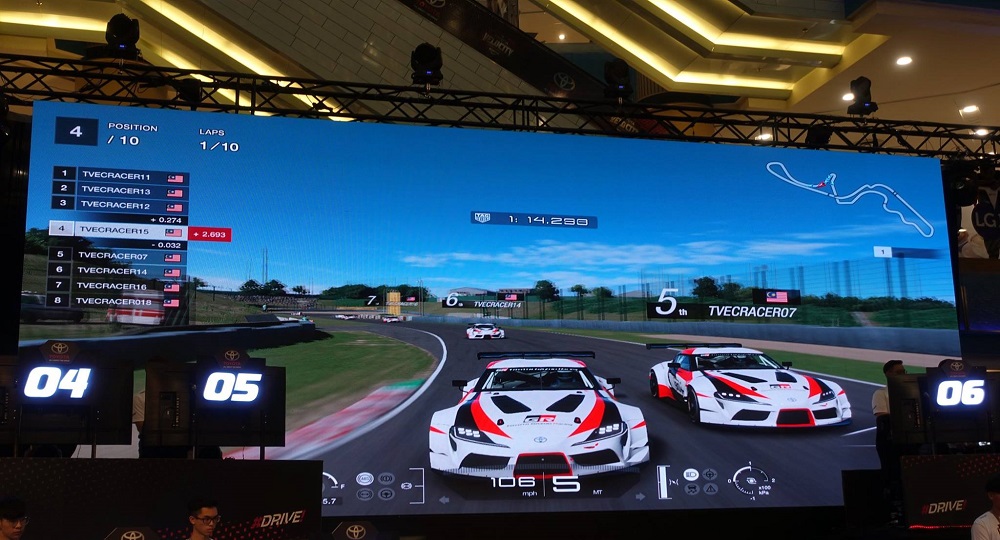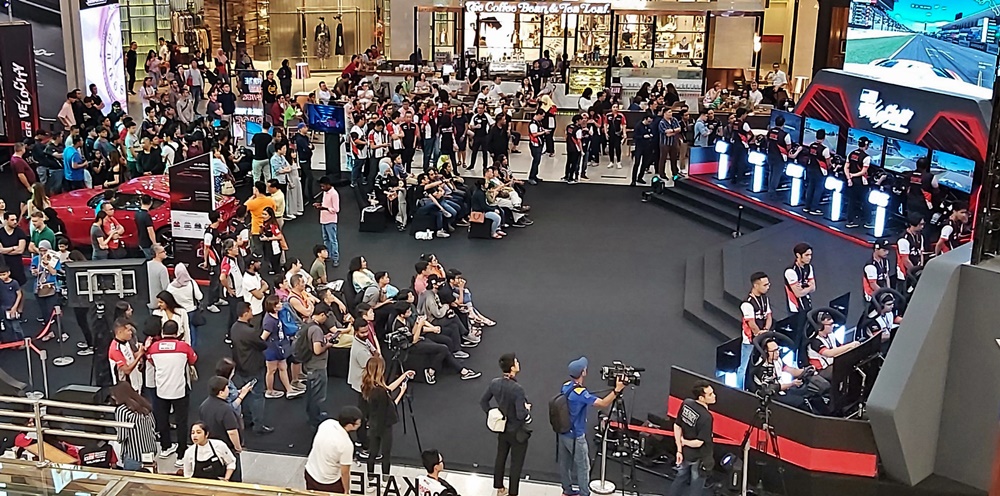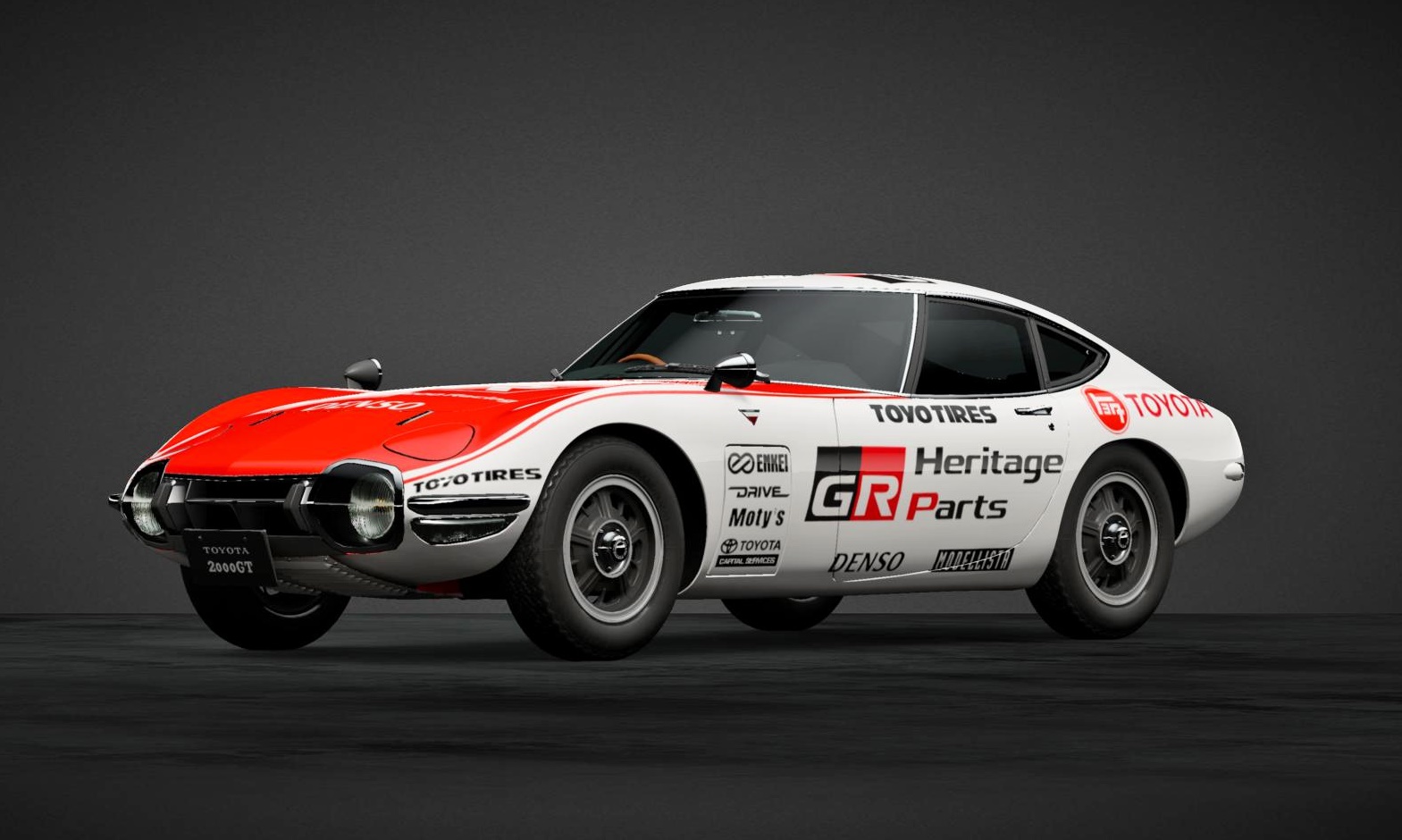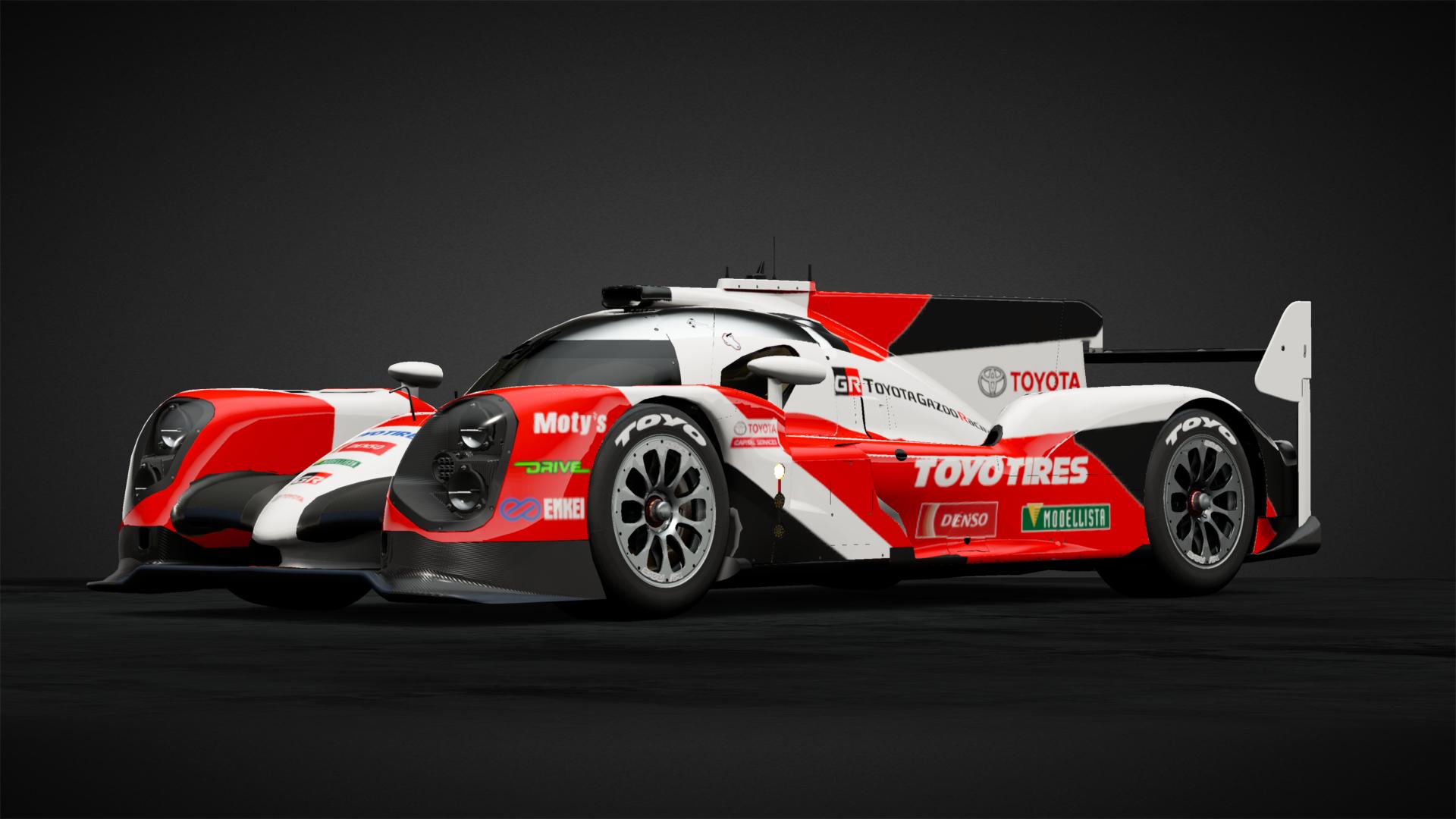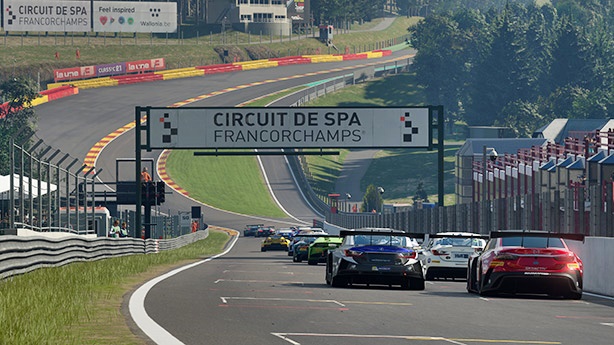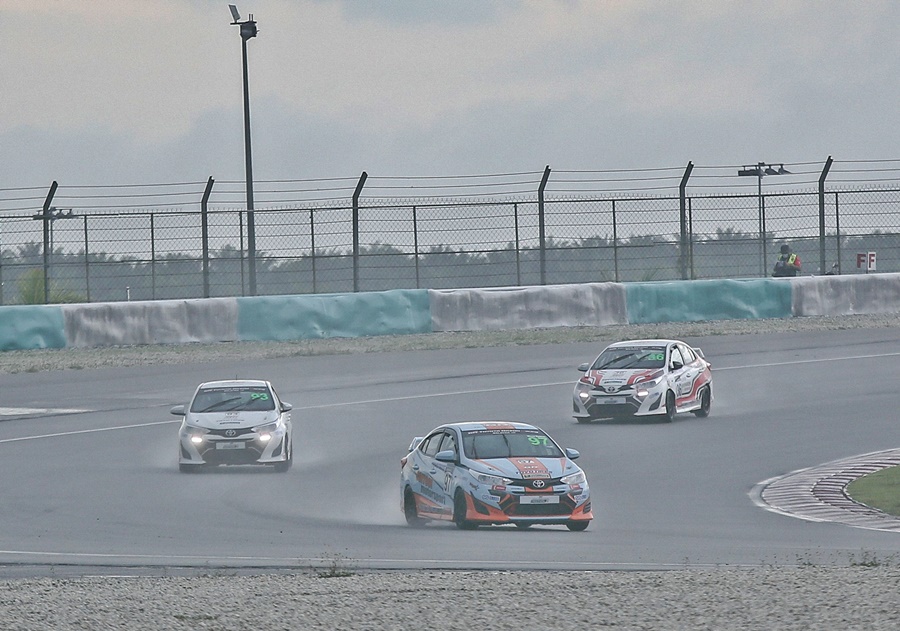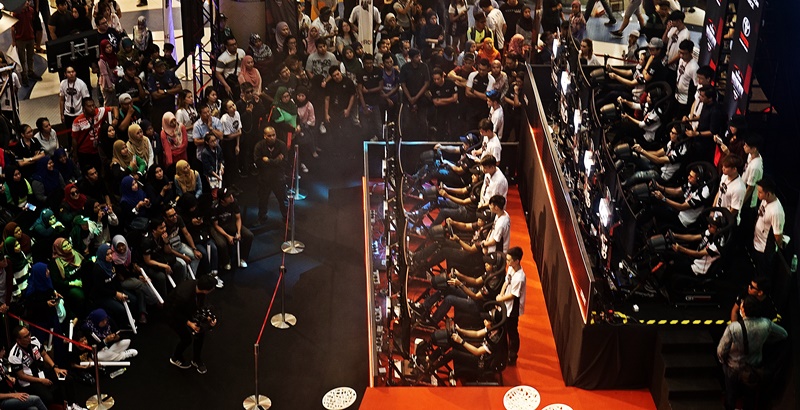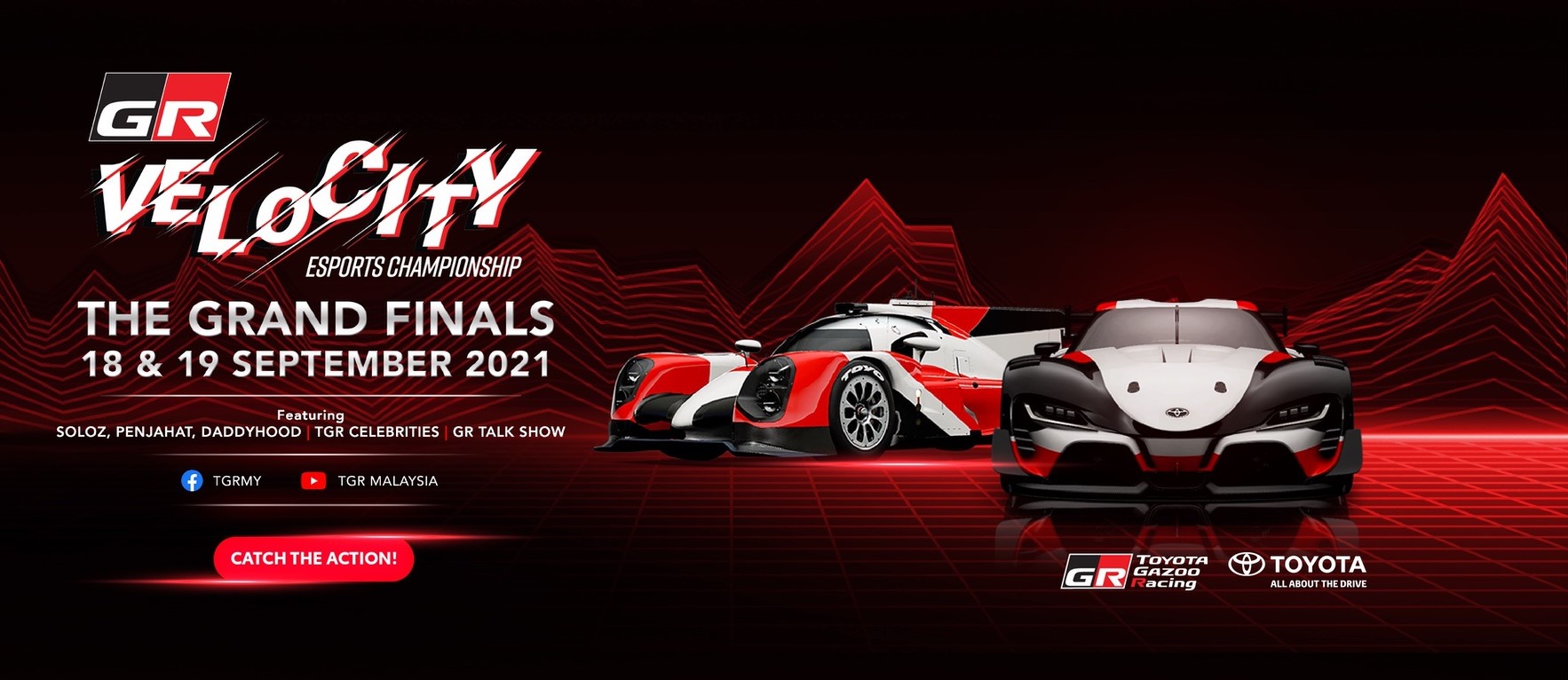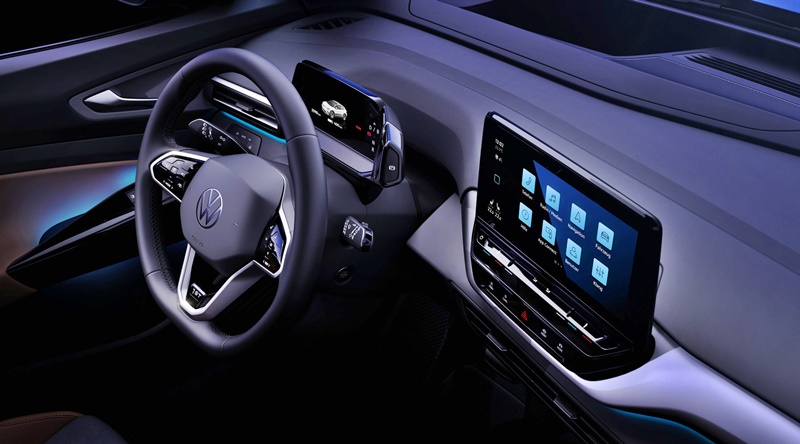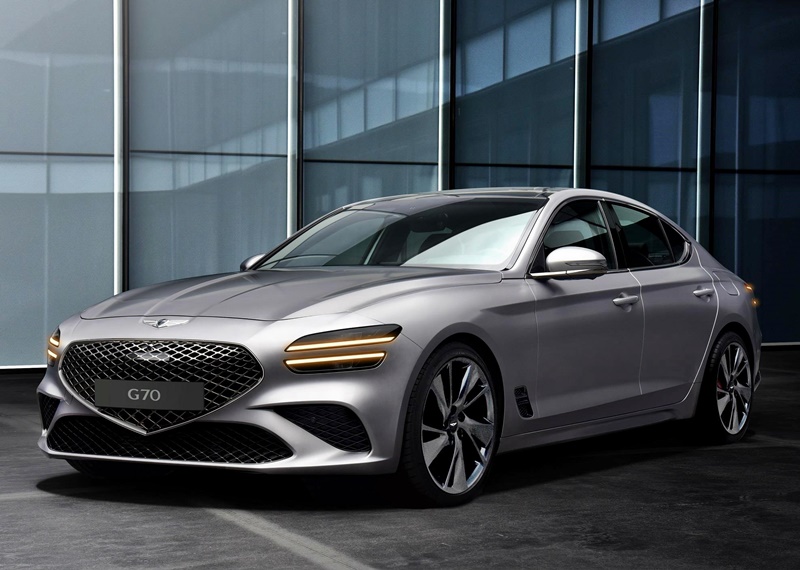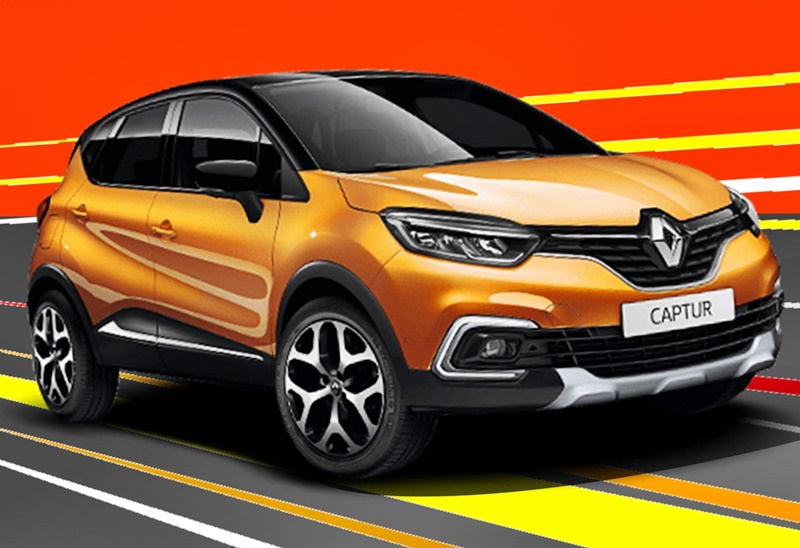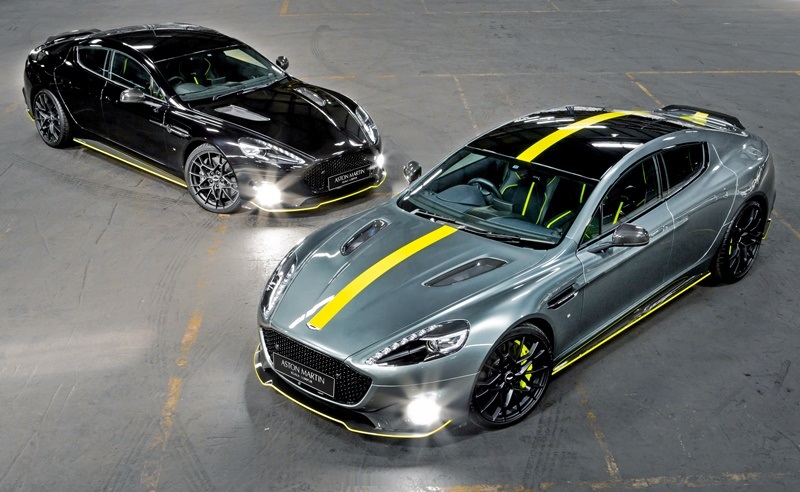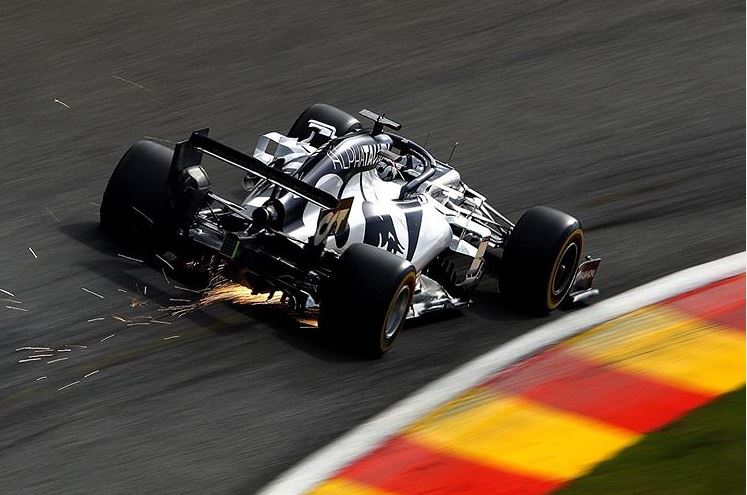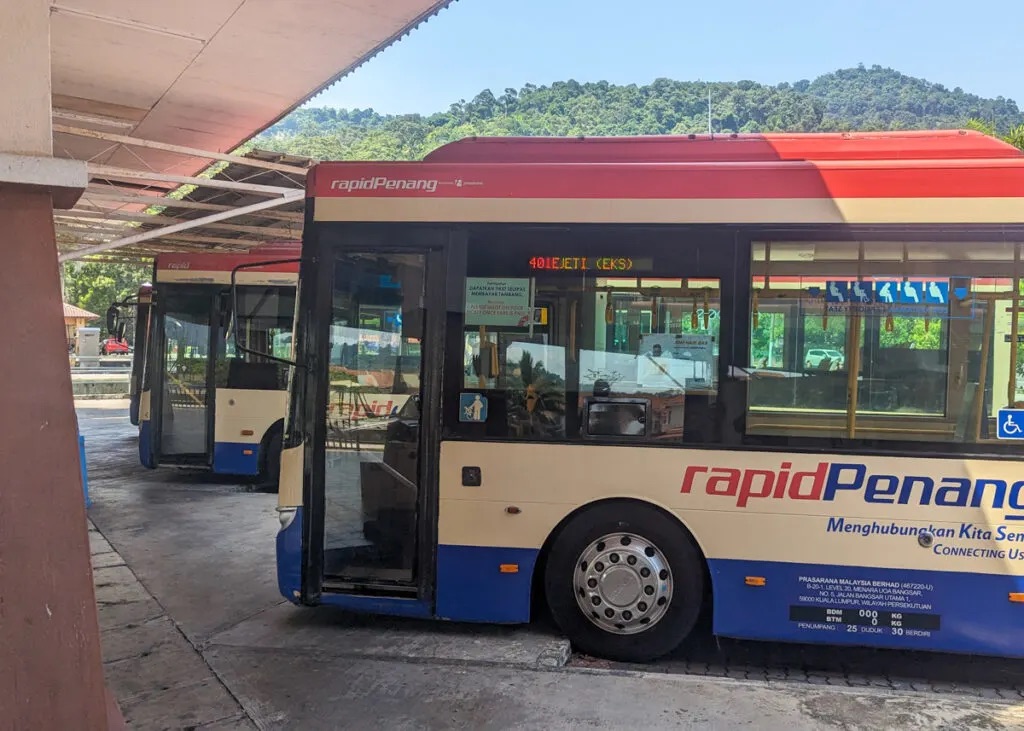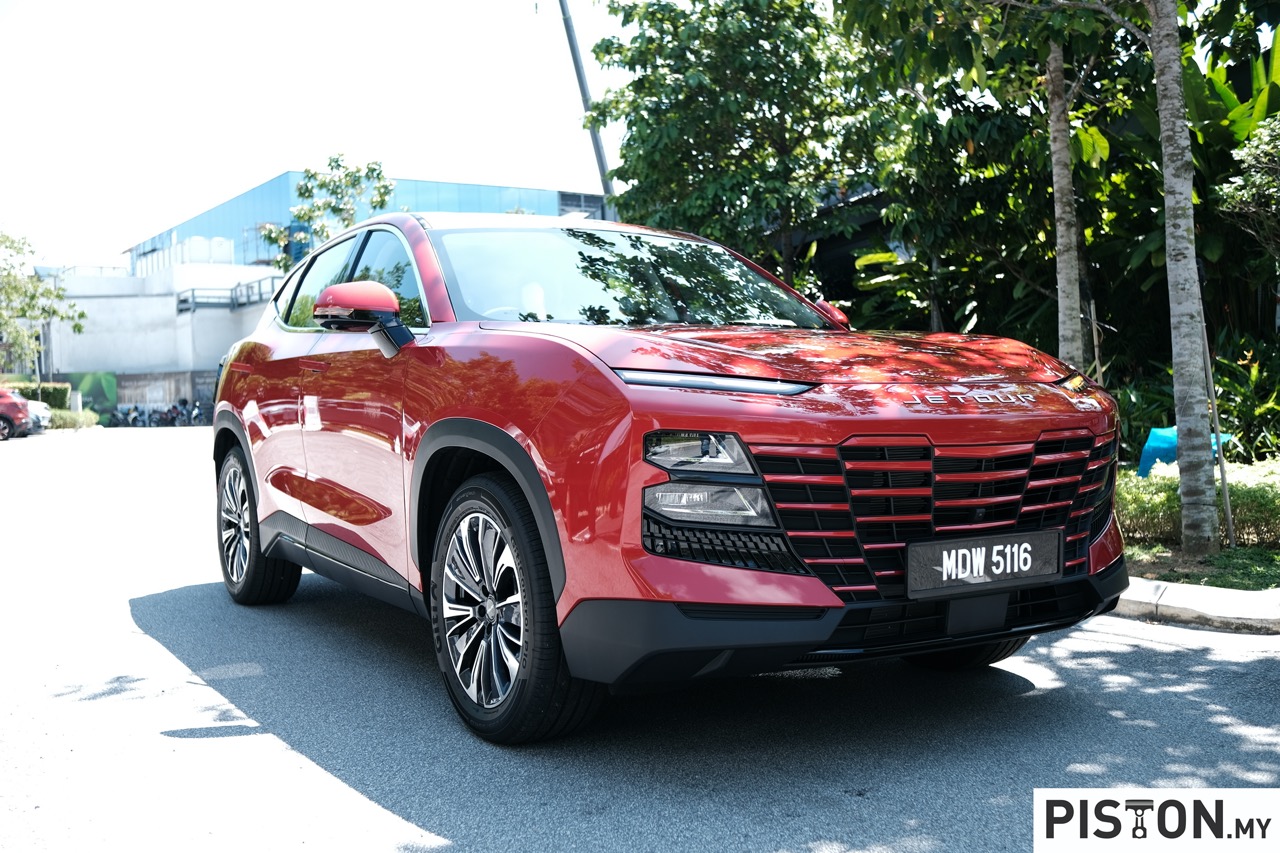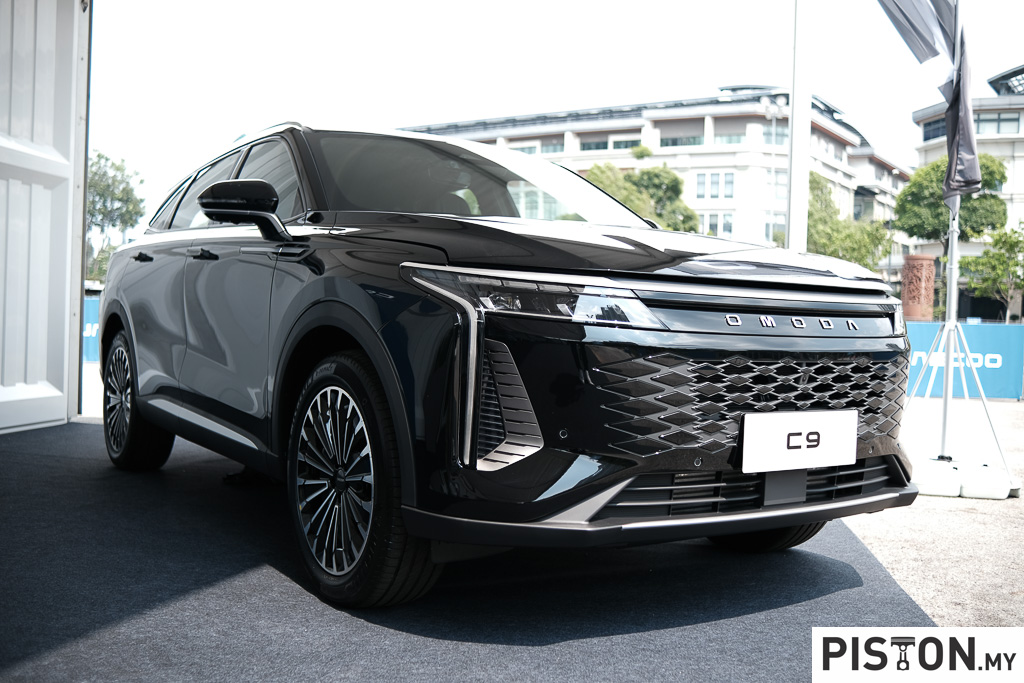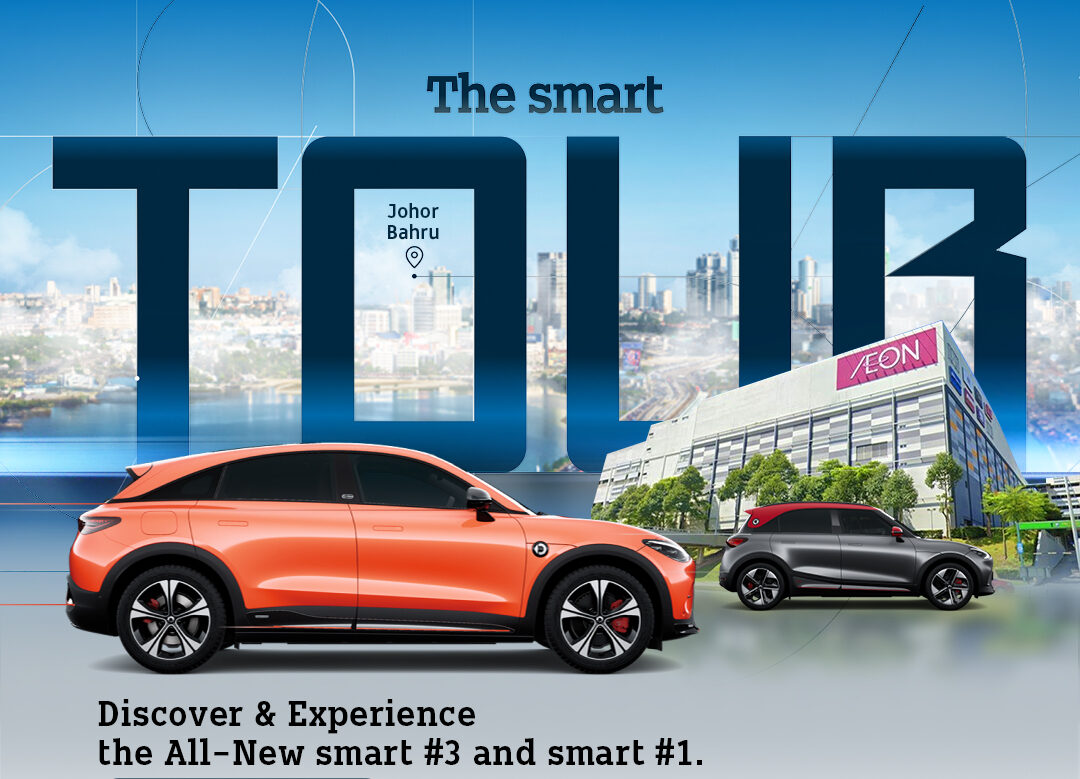Air has been used to fill tyres and give them their form for over 133 years, used for bicycles and then motor cars. The use of air has been a simple and cost-effective (air is free) solution to providing hard wheels with an outer layer that could absorb bumps and other road irregularities. Pneumatic tyres, as such tyres are known, are used for all sorts of vehicle today – from two-wheelers to family cars to Formula 1 racing cars and even aircraft.
However, there has always been one disadvantage of having air inside – a puncture will allow the air to leak and the tyre cannot function properly. Depending on the speed at which the air leaks, the tyre might remain usable even at lower pressures than normal but rapid and sudden loss of air – and therefore pressure – can be dangerous and loss of control might occur.
Over the years, tyremakers have found various solutions to the problem of pressure loss by developing stronger tyres with special structures. This has led to run-flat tyres which can continue to be used even when there is no air in the tyre, allowing the motorist to reach a place where it can be replaced or repaired.
Making air unnecessary
Still, the majority of tyres rely on air inside to support them and so long as they are made of rubber, there always remains the possibility of a nail or sharp object causing a puncture. So researchers have long searched for a tyre that does not have to rely on air. Many ideas have been tried but few have been able to go beyond concept stage.
One idea that has shown promise since being presented to the world in 2019 is Michelin’s Unique Puncture-proof Tire System (UPTIS). The system eliminates the need for air with a revolutionary structure capable of supporting the vehicle, while also delivering a safe, comfortable ride. Without air, flat tyres and pressure loss are no longer an issue.
Genuine technological breakthrough
UPTIS is said to represent a genuine technological breakthrough thanks to its unique structure and materials. Ushering a new generation of airless solutions developed by Michelin, it combines an aluminium wheel and a flexible load-bearing structure made from glassfibre reinforced plastic (GFRP), a high-tech material.
The UPTIS concept is also a fundamental step towards more sustainable mobility. It can generate significant benefits for motorists, fleet owners and the environment. Apart from peace of mind for motorists as being immobilized or inconvenienced by flat tyres will no longer be a worry, UPTIS can enhance efficiency for fleet owners by reducing the risks of vehicle downtime and eliminating tyre-related maintenance needs (pressure checks and inflation).
Punctures can be of all sizes and when they are too large, the tyre cannot be repaired. It is then thrown away. Michelin says that every year, 20% of tyres are discarded as scrap due to flats and rapid pressure loss (12%) or irregular wear and tear caused by poor tyre pressure (8%). Extrapolated on a global scale, this is the equivalent of 200 million tyres, or 2 million tonnes – that’s 200 times the weight of the Eiffel Tower! This airless technology can help drastically reduce the number of tyres that are scrapped.
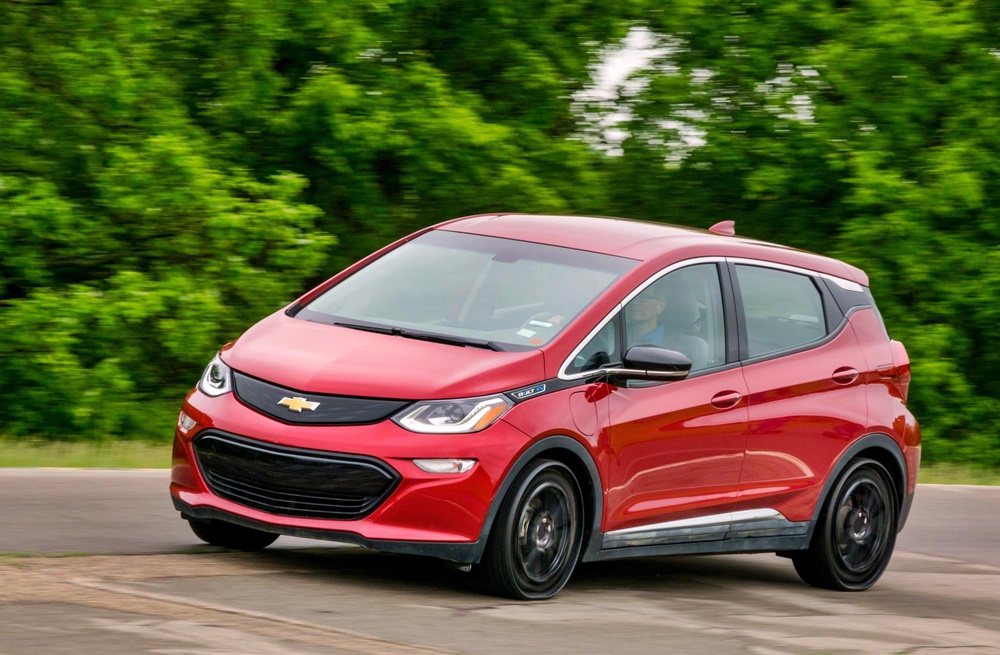
Real-world testing
The development programme has now reached the stage of producing prototypes in volume for real-world testing as the final test before the tyres are offered to the public. The data collected by engineers during this period of testing will enable them to perfect the prototype in preparation for its market launch in 2024.
You can’t see pollution from tyres but it is frighteningly high!


